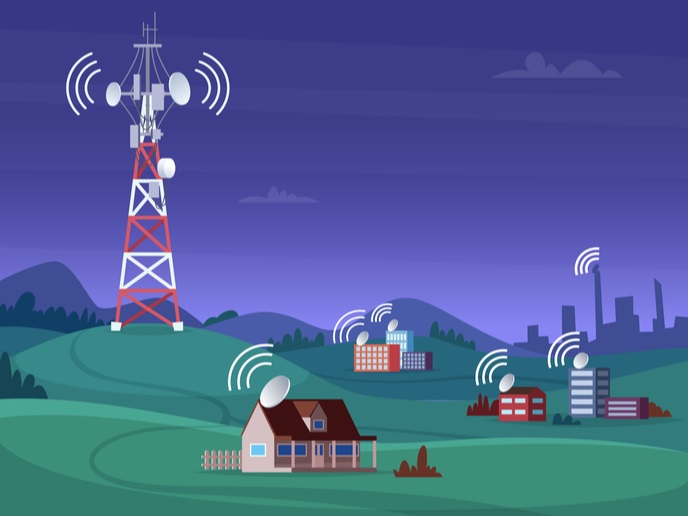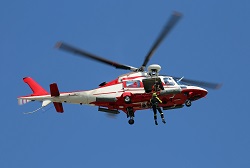The first small satellites orbiting Earth
Although powerful small multi-spacecraft have long been under discussion, so far no space agency has taken the initiative to set up such a network. The high cost of satellites built to industrial standards and their limited orbital lifetime are deterring development of a CubeSat network. The EU-co-funded project QB50(opens in new window) was initiated to demonstrate the possibility of launching small payloads in the low Earth orbit at a low cost. QB50 is a network of 50 CubeSats set to be launched in a circular orbit at 4000-km altitude. These comprise a mix of atmospheric double CubeSats and double or triple CubeSats for science and technology demonstration. Because of the atmospheric drag, the CubeSat orbits will decay and progressively lower thermosphere layers — down to 90 km — will be explored without on-board propulsion. Researchers, engineers and managers successfully defined the requirements of the mission itself in the beginning and then of the CubeSat network. Scientists also developed the concepts for critical hardware, including the deployers, sensor units, attitude determination and control systems, as well as the in-orbit CubeSat demonstration. This was supported by aerodynamic analyses of unprecedented accuracy. QB50 defined and started to implement a high-performance ground segment involving 50 amateur ground stations distributed all over the world. QB50 is expected to deliver the first-ever multi-satellite network to scientifically probe the middle and lower thermosphere, enabling cost-effective and pioneering multi-point measurements of spatial and temporal variations. This project should put the EU at the forefront of CubeSat development for scientific and educational applications.







